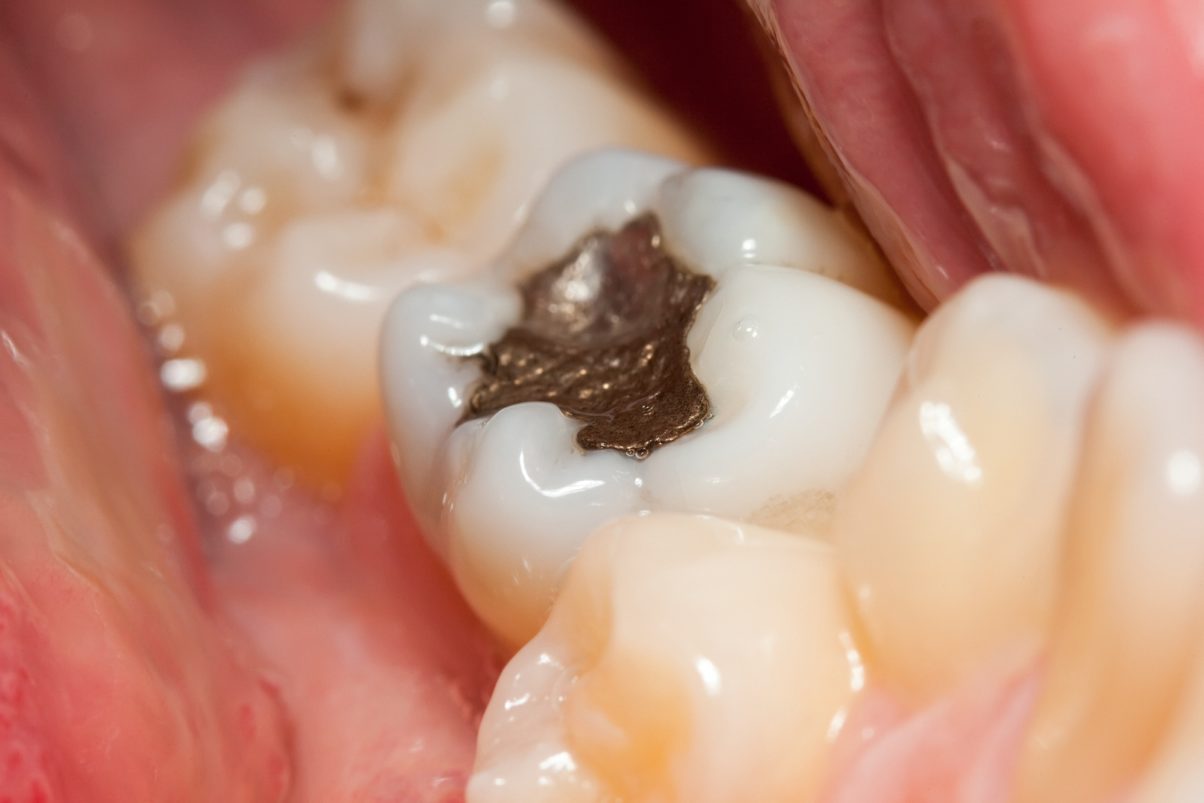When teeth are damaged due to injury or decay, dentists can often restore shape and function by providing dental fillings. Here’s what you should know about this common dental procedure, along with all the different options for effectively filling a tooth so it will remain durable for the long haul.
What is a Filling in Dentistry?
Fillings involve the use of artificial materials to patch a crack or hole in a tooth. When dentists provide fillings, they start by removing any decayed tooth material. They then clean the affected area before filling the cavity with either tooth-colored composite resin, porcelain, gold or an amalgam alloy of silver, mercury, tin, copper and sometimes zinc.
By sealing off the space, fillings help ward off further decay while protecting the underlying root. They also restore function, so patients can chew normally.
Types of Fillings
Modern dental professionals can use a variety of materials to make fillings, including:
- Gold fillings: Crafted in a laboratory and then cemented in place, gold inlays can last more than two decades and are also well tolerated by gum tissues. That said, they are a relatively expensive option and require multiple visits for placement.
- Amalgam fillings: These are relatively inexpensive and hold up well to wear and tear. Unfortunately, their dark color can make them more noticeable than composite or porcelain restorations. This makes them a good choice for filling premolars or molars which are located in the back of the mouth.
- Composite resins: Designed to closely match the natural appearance of teeth, composite resin fillings are comprised of various ingredients which are mixed and placed directly inside a cavity. Once they harden, composite fillings are quite durable. That said, they are vulnerable to staining and may chip or wear away over time. This is one reason why dentists often recommend porcelain fillings for larger cavities.
- Porcelain fillings: Also called inlays or onlays, these fillings are crafted in a lab and then cemented to the tooth. They are highly resistant to staining and can be closely matched to a person’s individual tooth color. In many cases, a porcelain restoration will cover most of the tooth, and the overall cost will be similar to that of a gold filling.
What Filling Option Is Best?
This depends on the nature and location of the decayed tooth, along with the individual patient. Your dentist will make recommendations based on your budget, goals and whether you have allergies to specific materials.
Does it hurt to have a filling placed?
In most instances, dentists use anesthetics to numb oral tissues and block the nerves that transmit pain. If you ever notice any discomfort while getting a filling, it’s important to alert your dentist so he or she can take extra steps to prevent discomfort.
How Can I Tell if I Need a Filling?
While obvious damage or decay can signal the need for a filling, many cavities go unnoticed. This is why it’s so important to schedule regular dental examinations to check for minor issues before they worsen. If damage or decay goes untreated, you may develop the need for root canal therapy. Your dentist can identify small problematic issues by closely examining each tooth and by using X-rays if necessary. If a problem is discovered, your dentist can use a filling to preserve the appearance and function of your tooth.


 Previous Article
Previous Article

